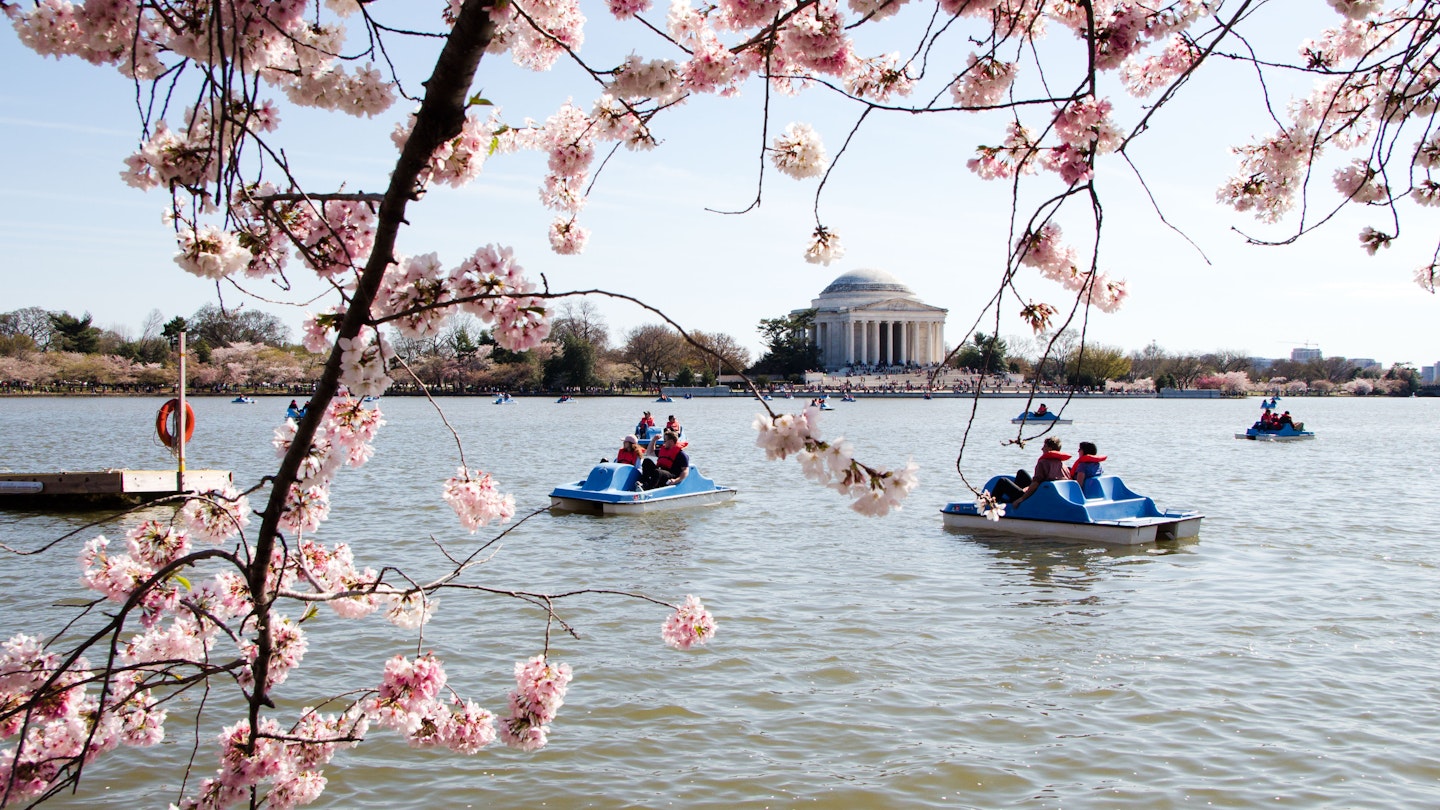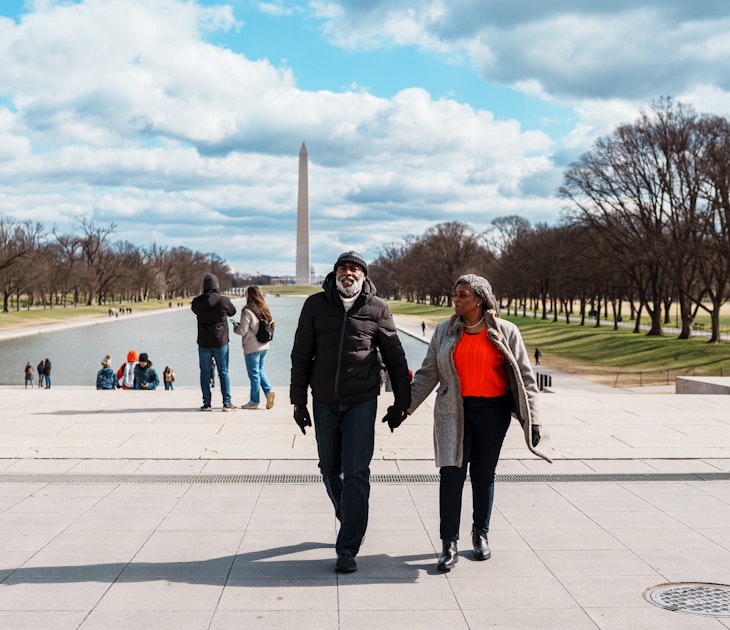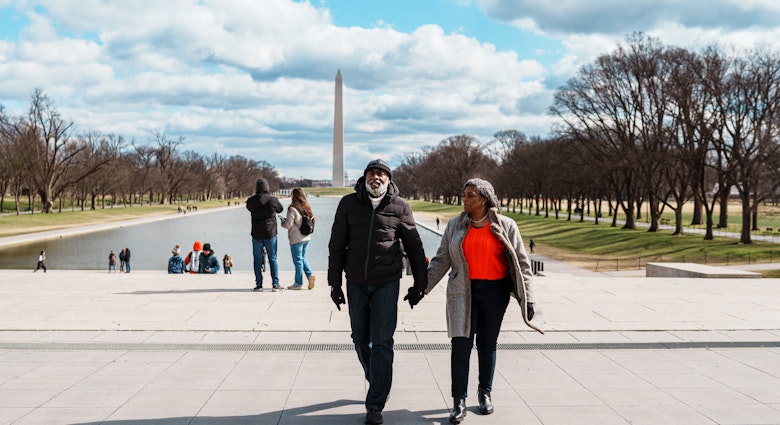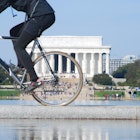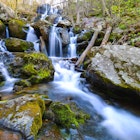Washington, DC, is surprisingly easy to navigate – this is, after all, America's first planned city, laid out according to a grid system and intentionally filled with leafy parks and town squares. That said, a little pre-trip planning goes a long way here, especially if you're hoping to check out its museums and government buildings, many of which have strict rules.
But don't get us wrong – this place is a dream to explore, and with the help of the following tips, it's one you're guaranteed to fall in love with.
1. Keep cool, calm and collected by considering the time of year
There are various reasons why the timing of your visit is an important factor. To start with, DC gets incredibly hot and humid during the later summer months. August and September are the warmest, while you'll enjoy cooler weather (and lower prices) in early spring and autumn. Another reason to visit in spring? The city's famous cherry blossoms have filled the city with color since 1912, when Japan gifted the American people Sakura trees as a symbol of friendship. These trees – many of which can be found on the National Mall – generally bloom between mid-March and early April.
2. Get the inside scoop on a coach tour
Washington, DC, is an incredibly walkable city once you've got your bearings, but it's also easy to underestimate just how hot and muggy it can get in the summer. Additionally, the sheer number of monuments, galleries and museums in DC can be a little overwhelming initially. Book a coach tour and you'll not only get a fantastic insight into the city, but you'll be ferried between its main landmarks in the comfort of an air-conditioned vehicle. The hop-on, hop-off Big Bus tours operate five routes, including ones that focus on the National Mall. One-day tickets start from $54 for adults and $45 for children aged between three and 12 (children under three ride for free).
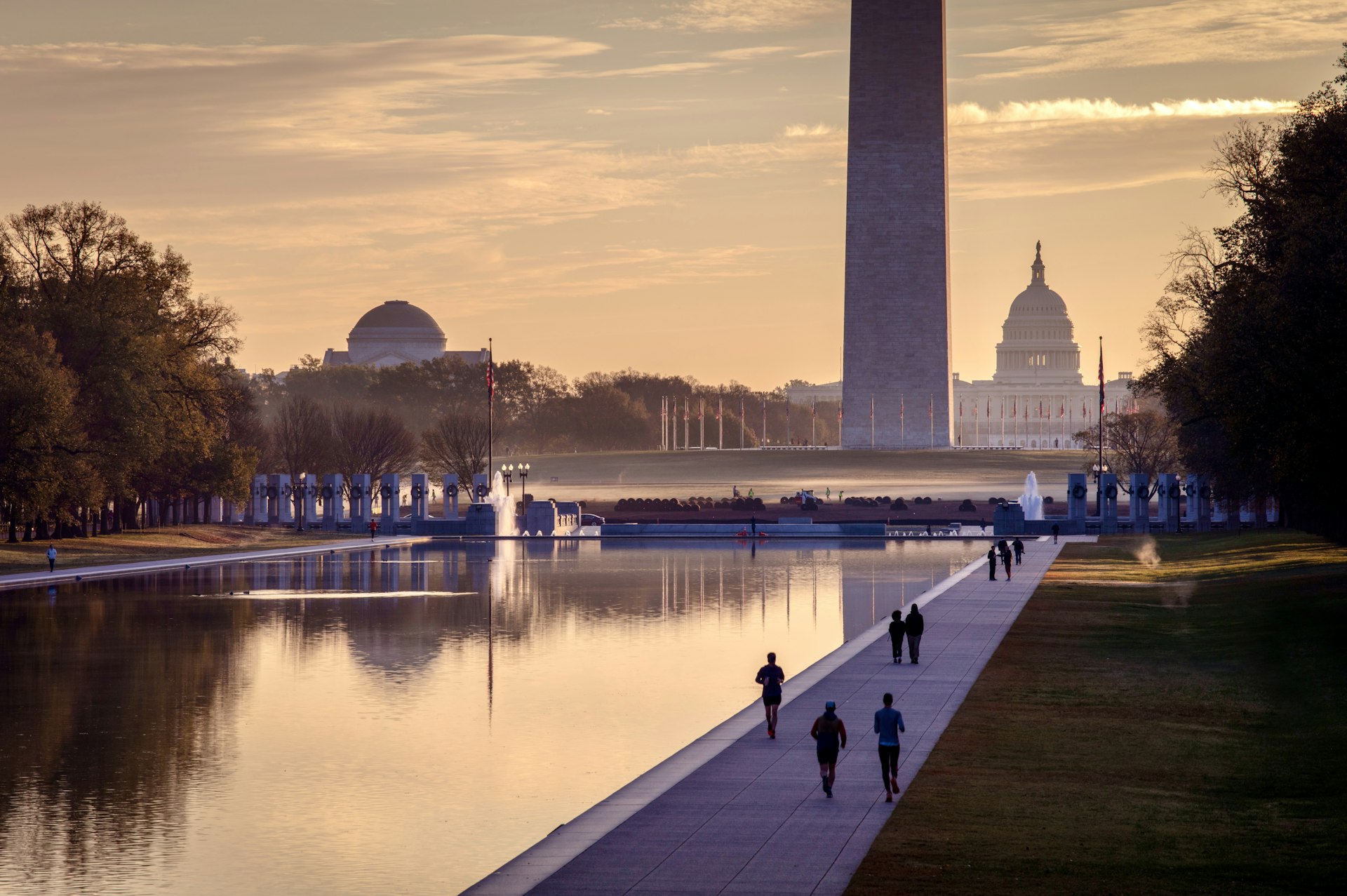
3. Pound the pavements longer with decent walking shoes
America's capital has a neat, organized layout that is pedestrian-friendly, and this calls for a decent pair of shoes. Take the National Mall: it's easy to underestimate its size, but this monument-filled park is actually two miles long. Similarly, some of the city's museums are absolutely enormous, like the National Air and Space Museum, where exhibits – including the world's largest collection of historic aircraft – fill a building the same length as three city blocks.
4. Save money by staying outside of the downtown area
DC is one of America's more expensive cities, but you'll get much more bang for your buck if you book accommodations outside the downtown core. Consider neighborhoods such as historic Georgetown or the waterfront Navy Yard district. Another option is to base yourself in Arlington, Virginia, an urban county just across the Potomac River. Hotel rooms here are much cheaper, and the city's fast, efficient metro network makes it easy to get to downtown DC via its yellow and blue lines.
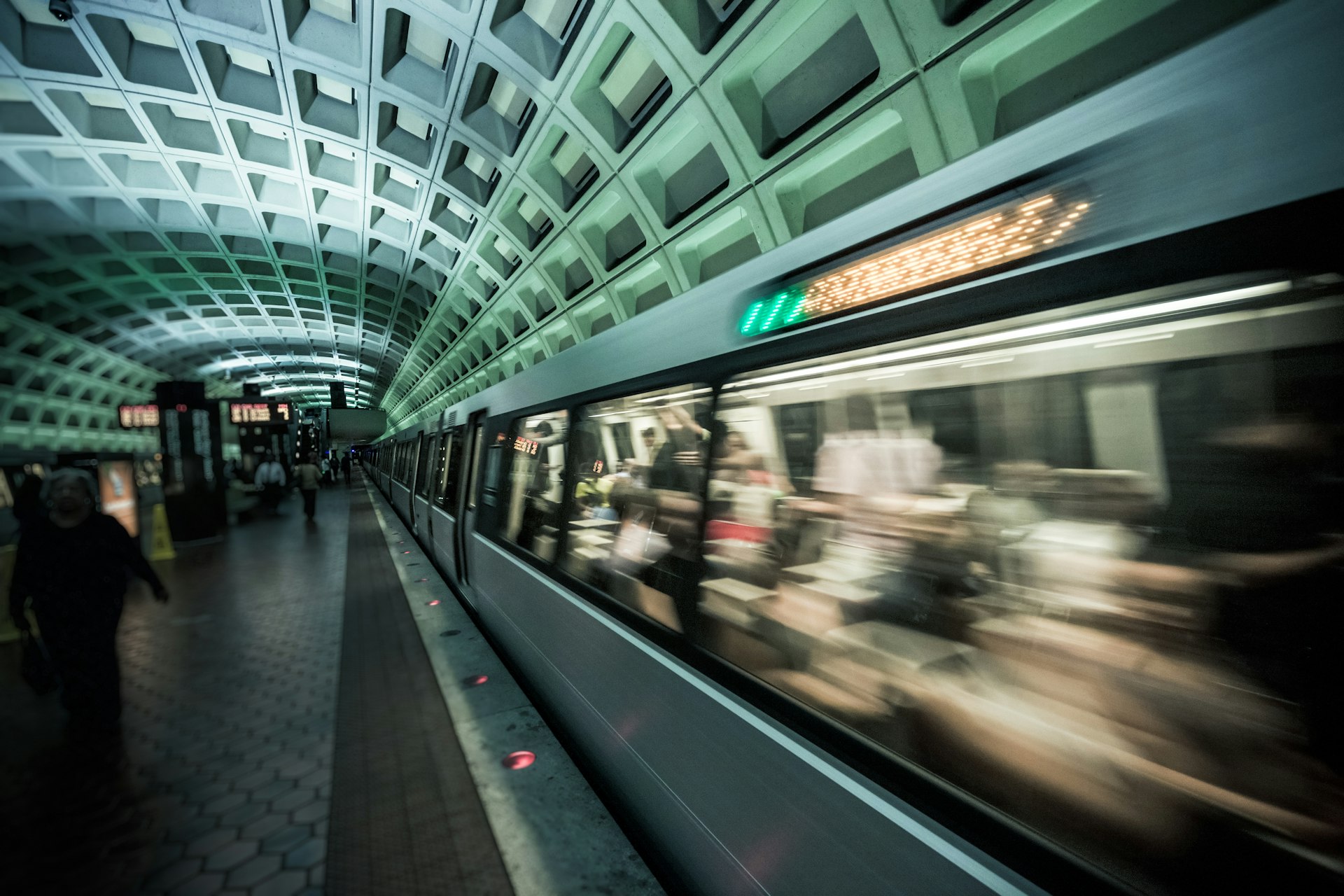
5. Embrace public transport
The US capital is largely flat, which is great news for walking enthusiasts, but it also has a fantastic public transport system. You'll see the city's DC Circulator buses everywhere, and routes include a dedicated National Mall circuit, along with ones that connect downtown DC with neighborhoods like Dupont Circle. Standard fares start from just $1, or 50¢ for passengers aged 65 and older, while kids under five ride for free. Getting to downtown DC from Dulles International Airport has never been easier, either. In 2022, the airport got its own metro station – simply hop on the recently extended Silver Line to get to the city center.
6. Pack sensibly to avoid falling foul of security rules
Bear in mind that most of DC's top attractions have strict rules relating to what you can and can't bring in, and most of these places will have metal detectors. If you're doing a tour of the White House, for example, the list of banned items includes all types of bags (and there are no storage facilities), e-cigarettes, liquid of any kind (including water bottles), cameras with detachable lenses, strollers and tablets.
Rules at museums and landmarks like the US Capitol Visitor Center are generally less strict – although tripods, e-cigarettes and selfie sticks are almost always on the banned list. Backpacks will typically need to be stored in lockers, which is why it's worth carrying some loose change. Expect to pay between $1 and $5 per locker depending on its size and how long you'll be using it for.
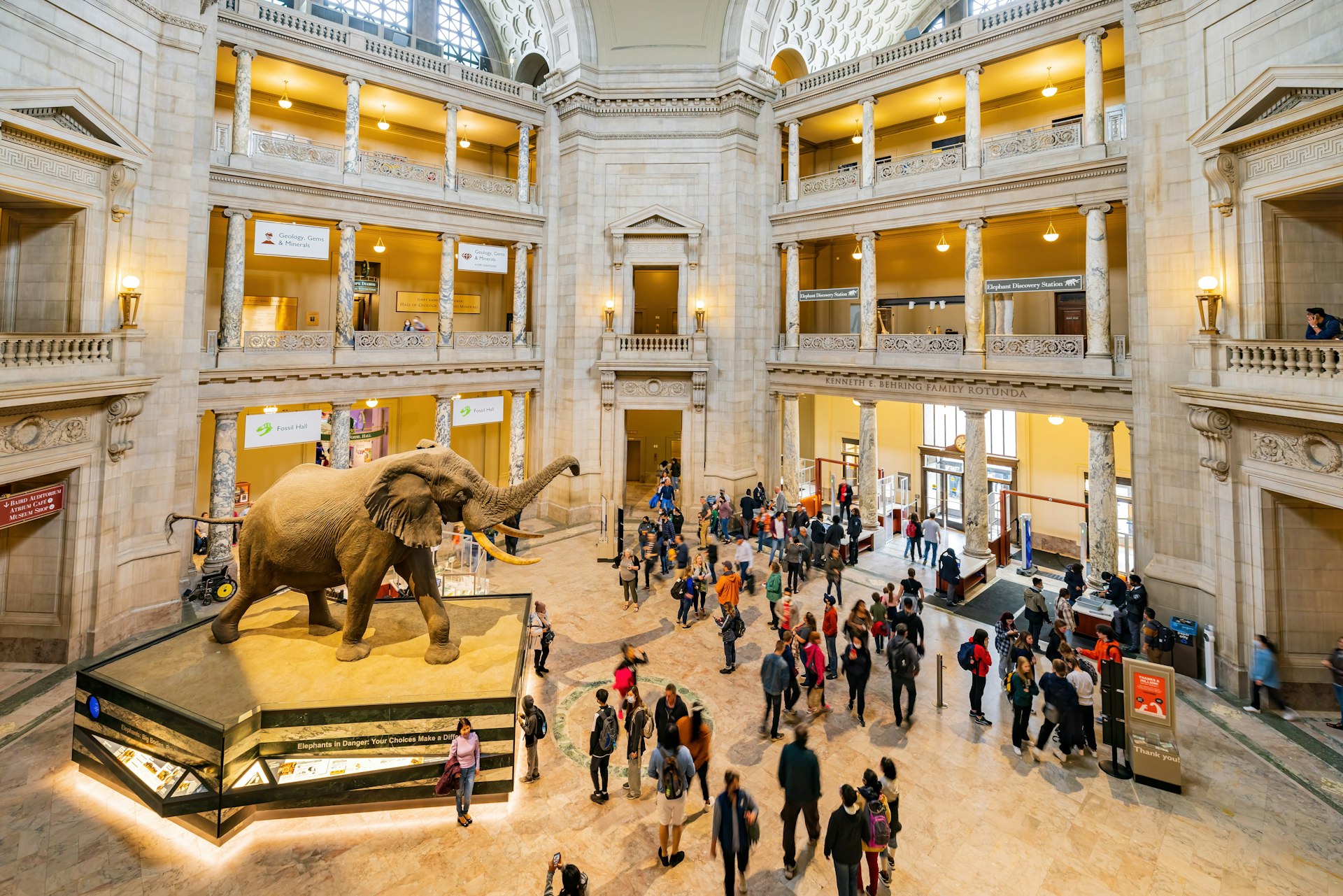
7. Get your timing right to ensure access to your favorite landmarks
If museums and galleries feature on your itinerary, it's worth taking a second to think about what you want to see and when. Doing so can save you money, because although all Smithsonian museums are free to visit, other galleries and museums aren't. This includes the National Museum of Women in the Arts, which charges an admission fee of $16 per adult (although admission is free for anyone aged 21 and under). Visit on the first Sunday and second Wednesday of every month, however, and admission is free for everyone.
Additionally, many museums stay open late and will be less crowded during this time. The Smithsonian National Museum of Natural History, for example, is known for its fantastic Nighttime Adventures evenings, which finish at 11pm. Finally, remember that almost all of Washington, DC's monuments can be admired around the clock, making it easier to avoid both the crowds and the hottest time of day. A midnight crowd-free stroll along the monument-dotted National Mall? Sign us up!
8. Stay safe by being aware of your surroundings
When it comes to safety, take standard precautions, keeping items such as wallets, cameras and iPhones out of view. Tourists are more vulnerable to street theft because they're more likely to be carrying items such as passport wallets, currency-stuffed purses and cameras, so in addition to keeping high-value items hidden, apply the same approach to telltale items such as maps, especially in crowded places such as DC's Union Station.
Keep planning your trip to Washington, DC:
Plan your itinerary with these capital picks
Stick to your budget with these free things to do
Become a transportation whiz with these tips on how to get around
Dive into abstract art at one of DC's best-kept secrets: Glenstone
